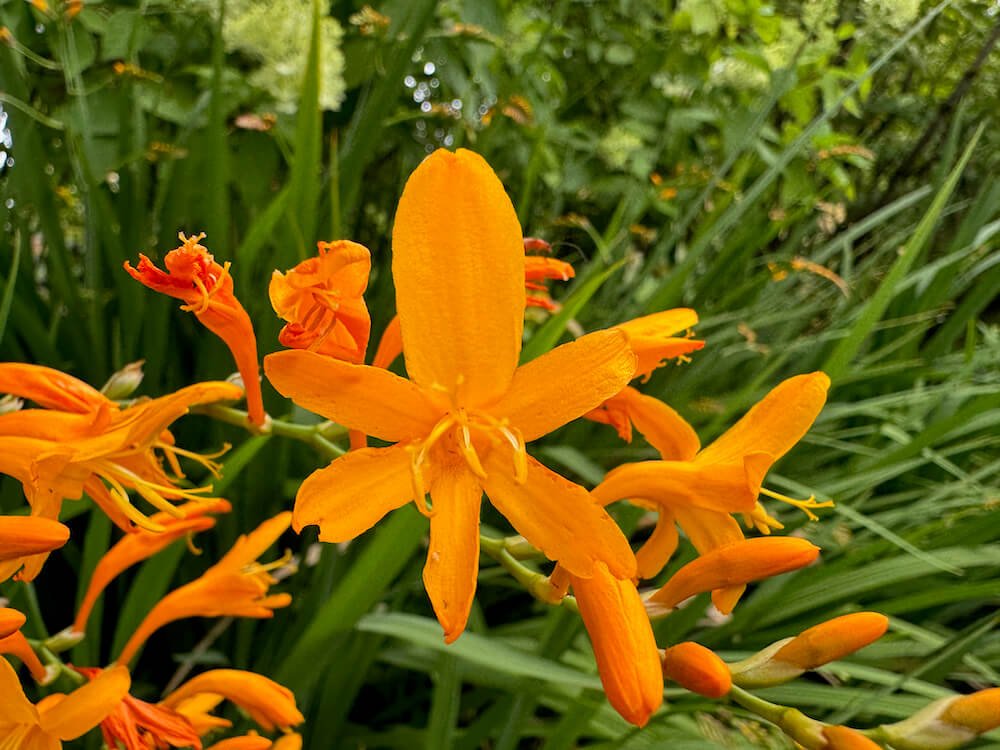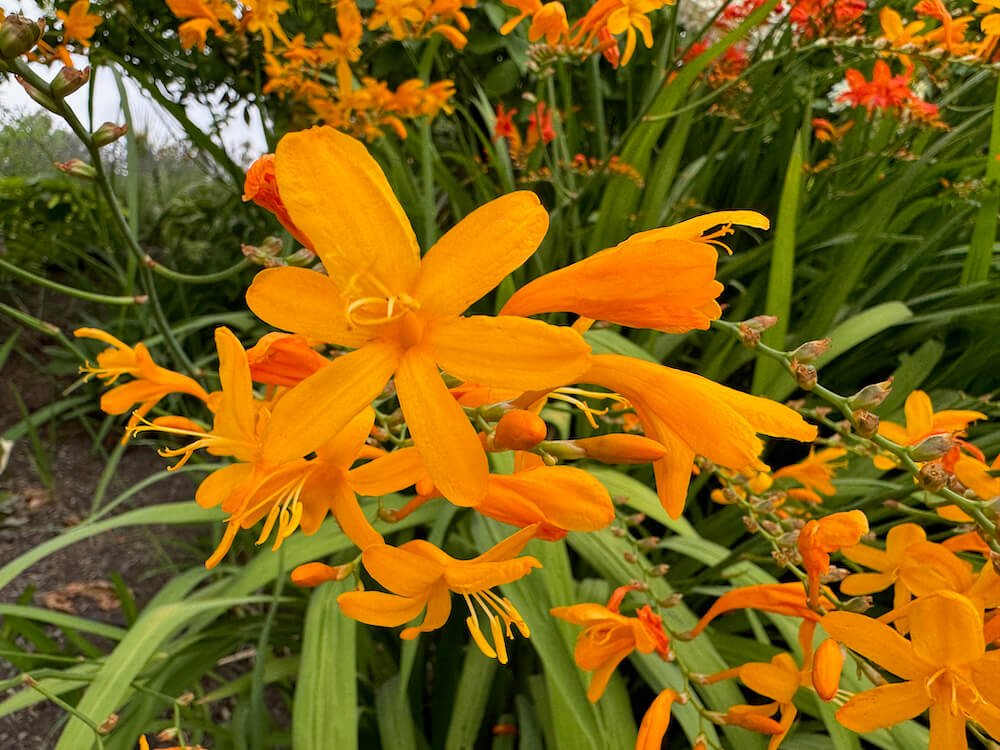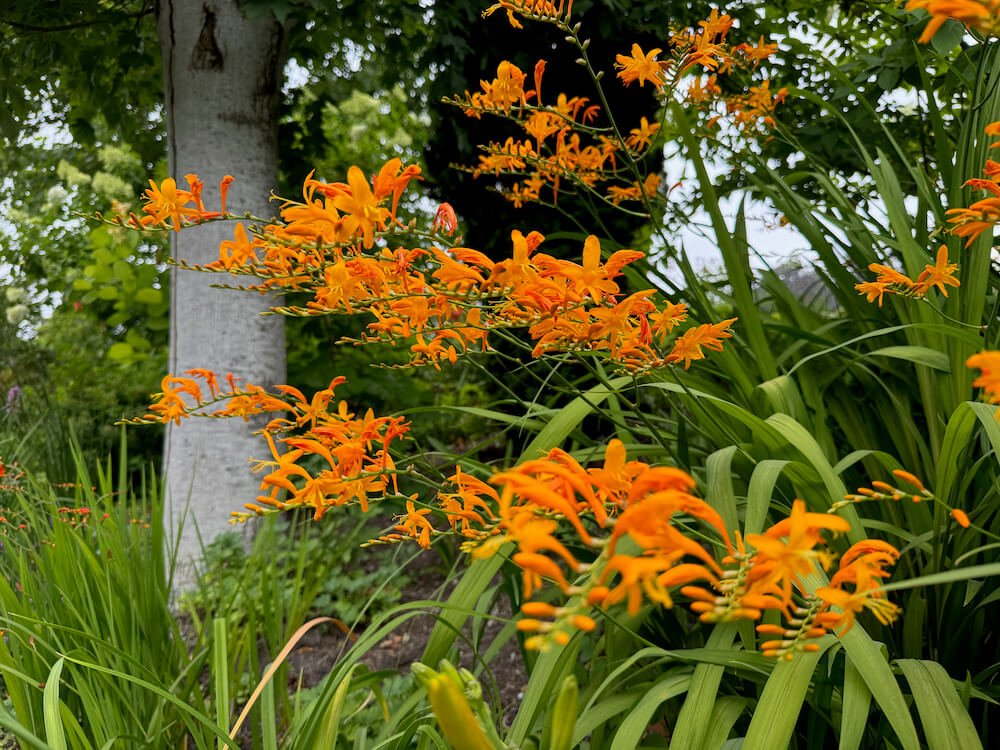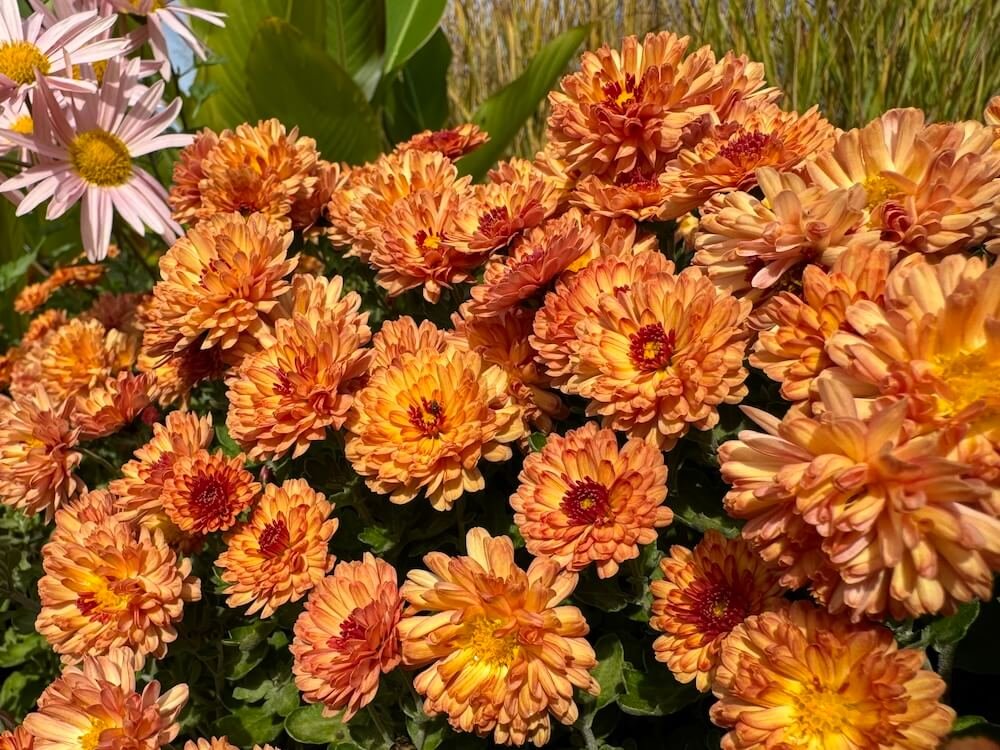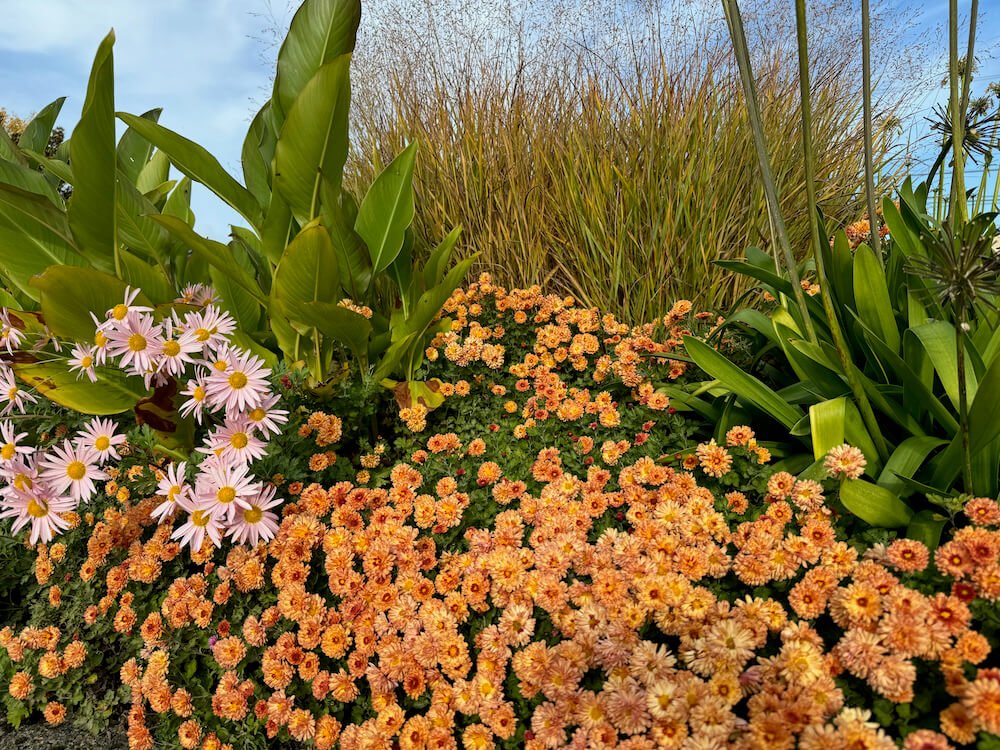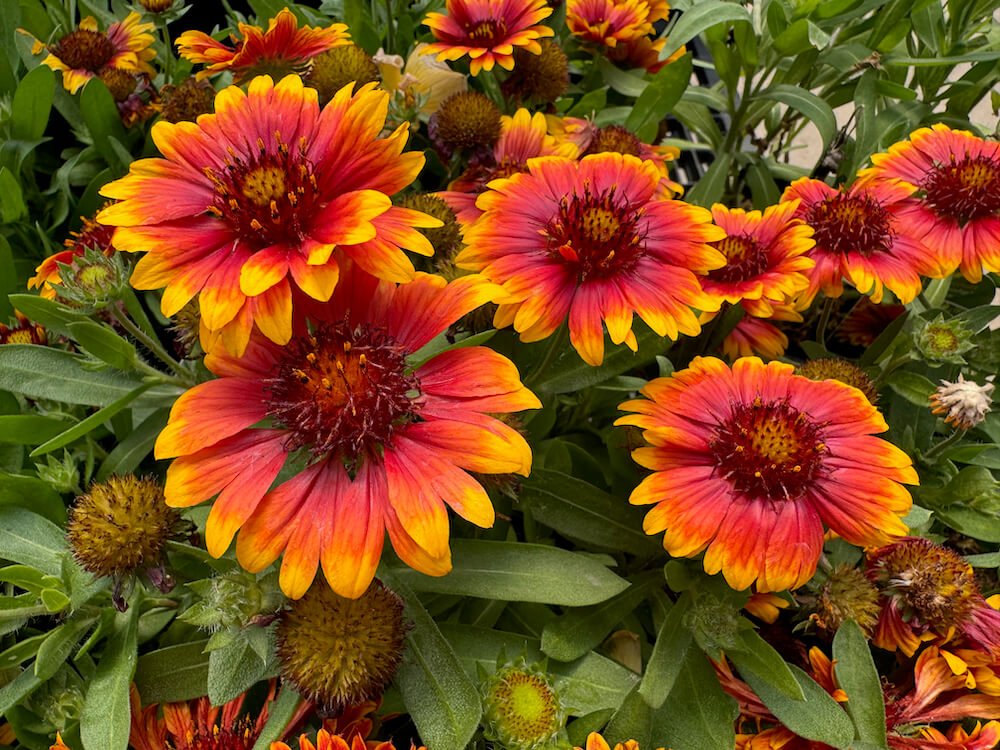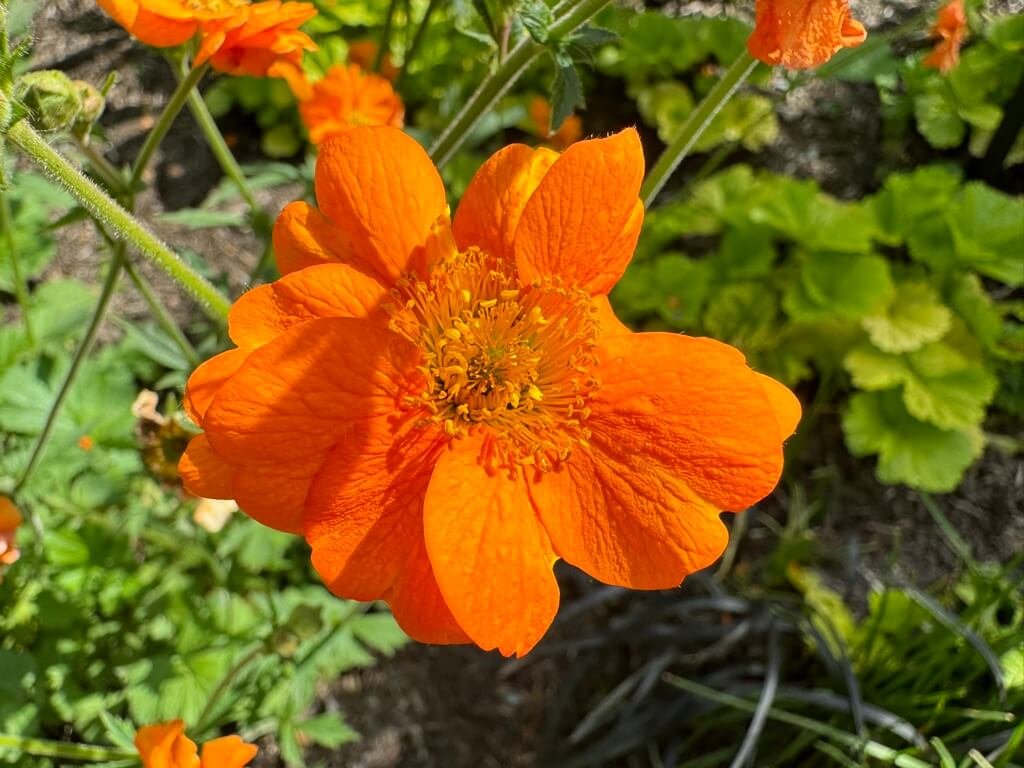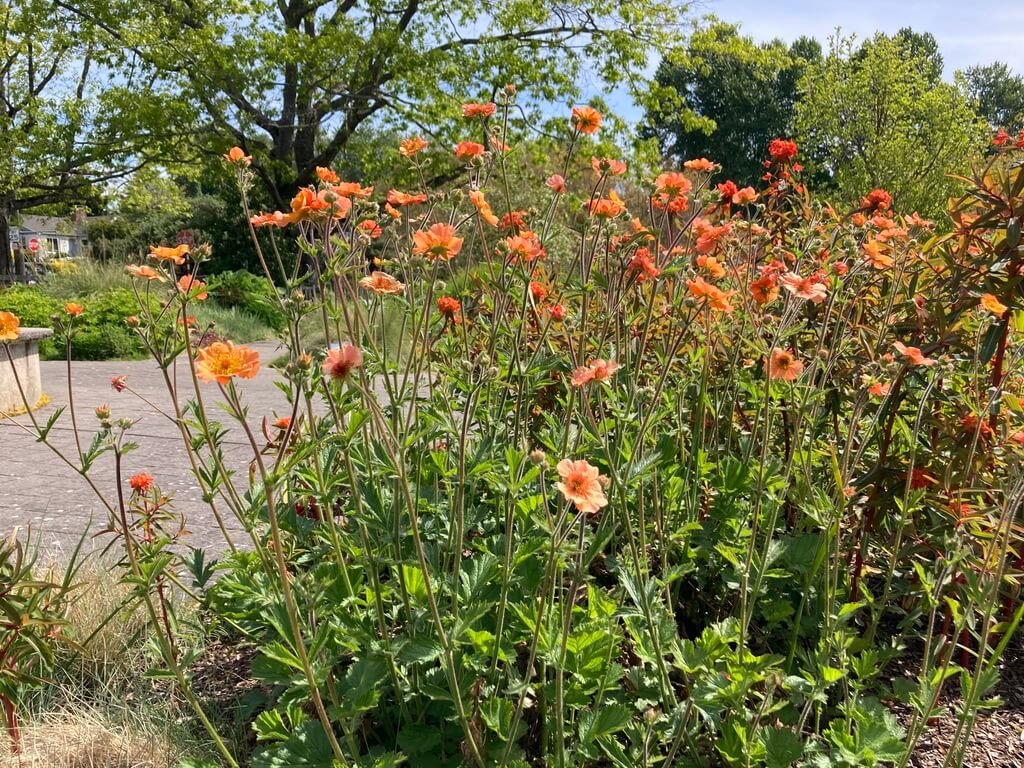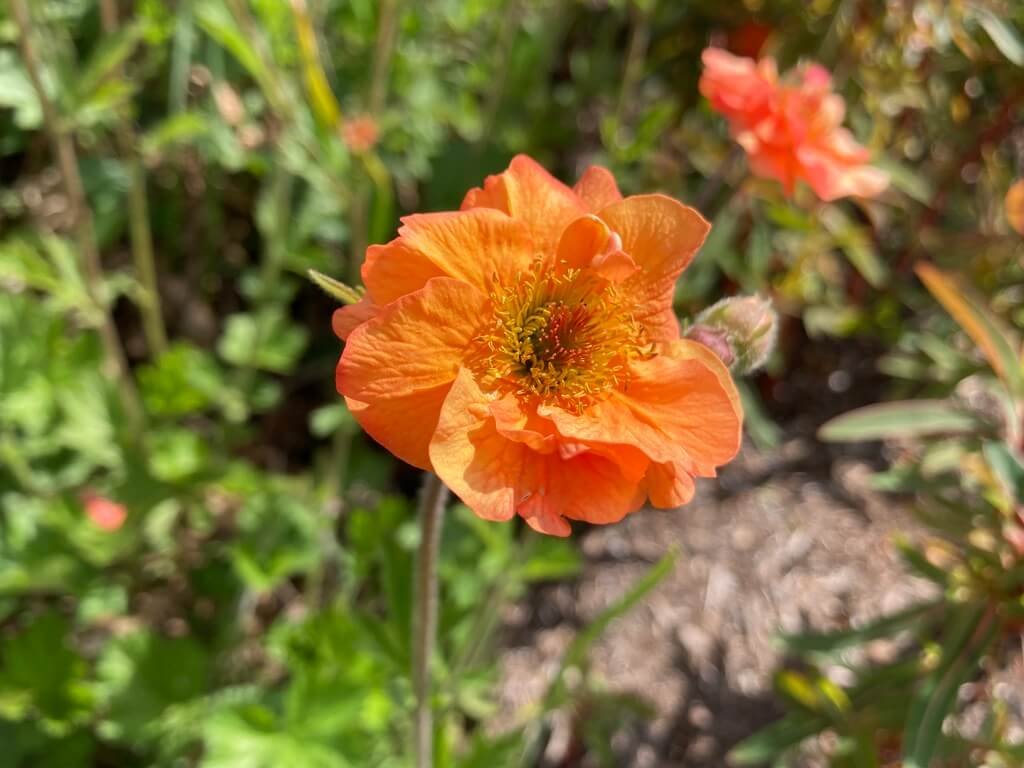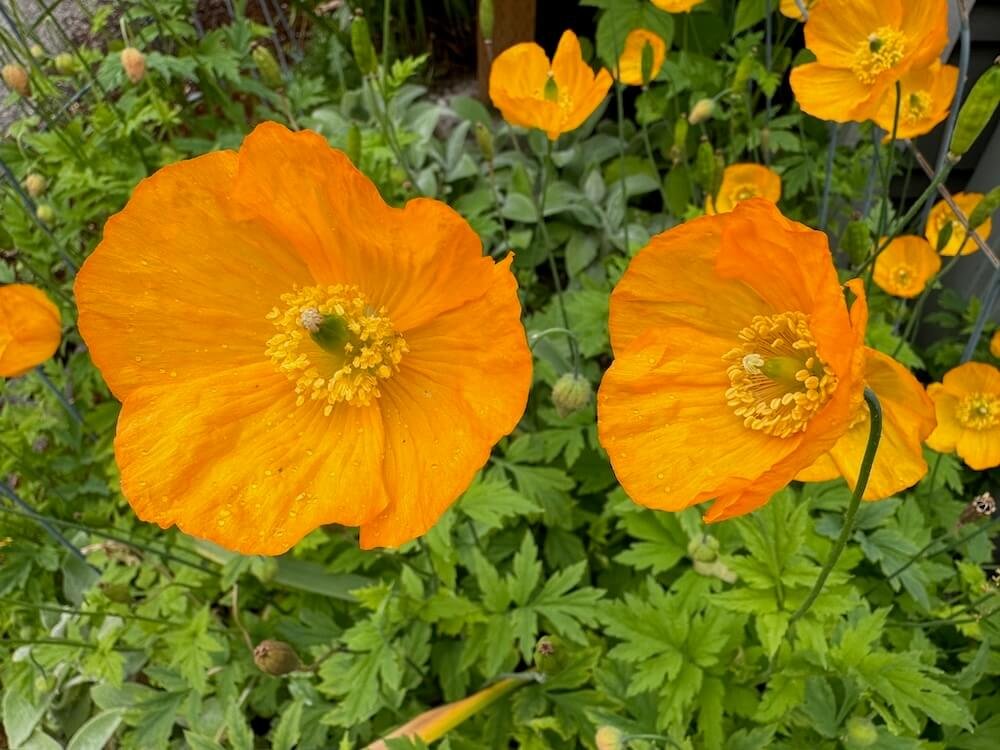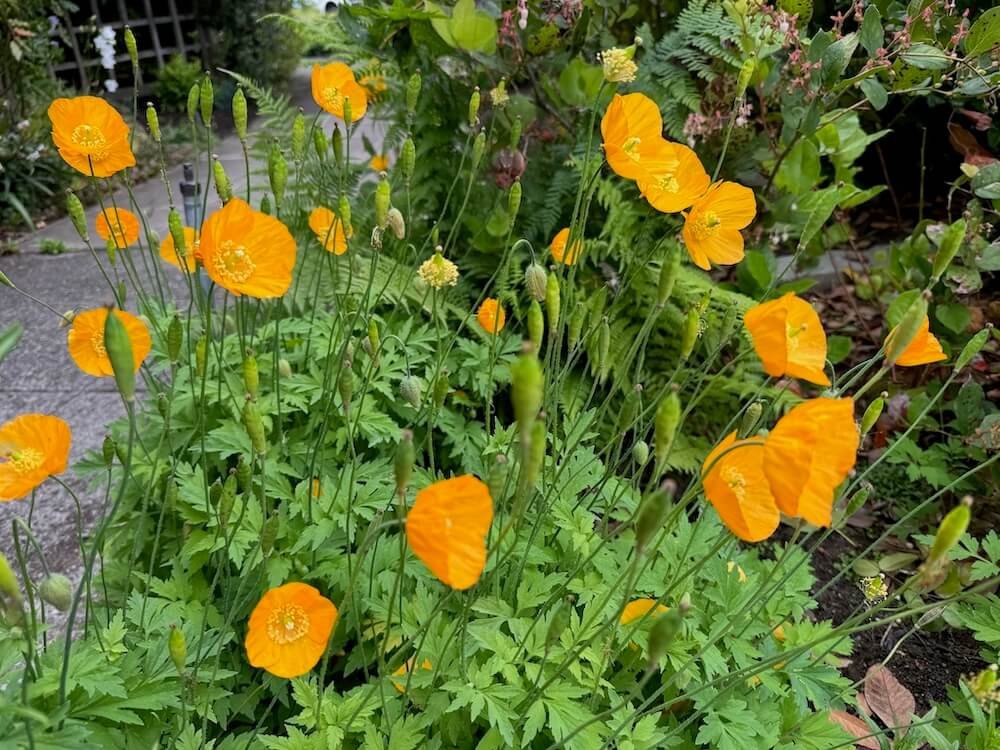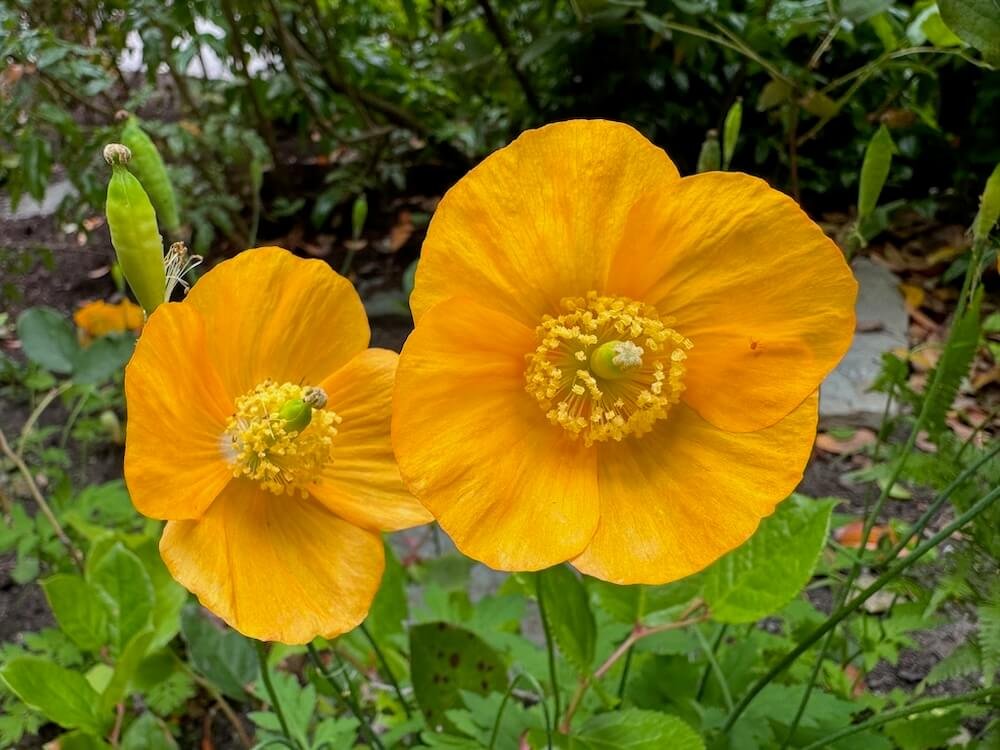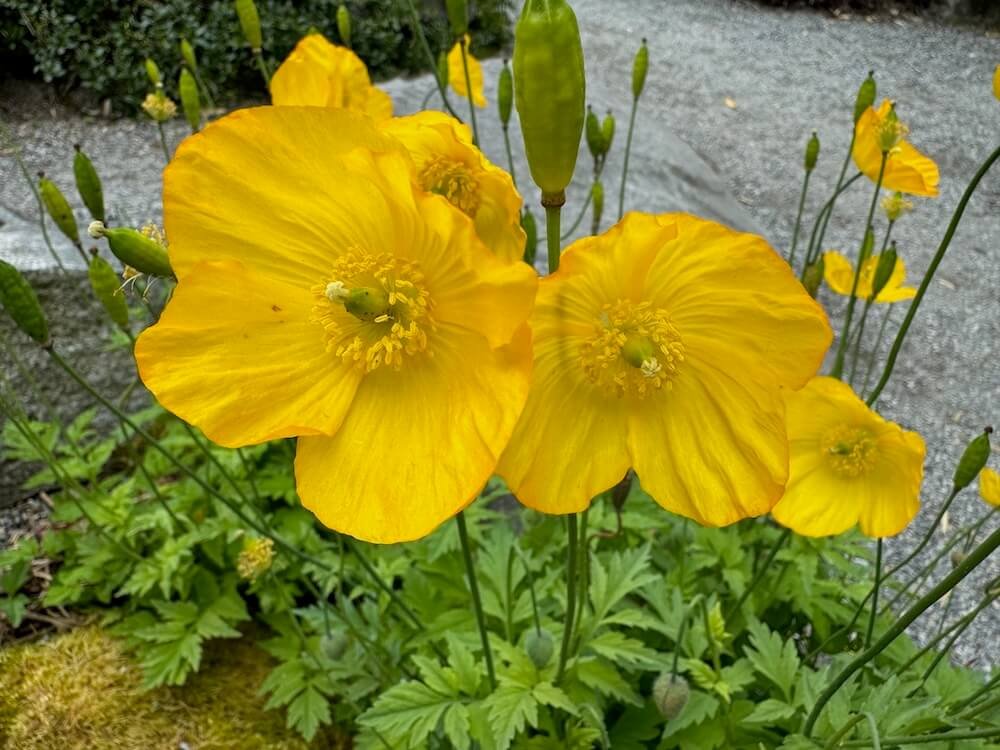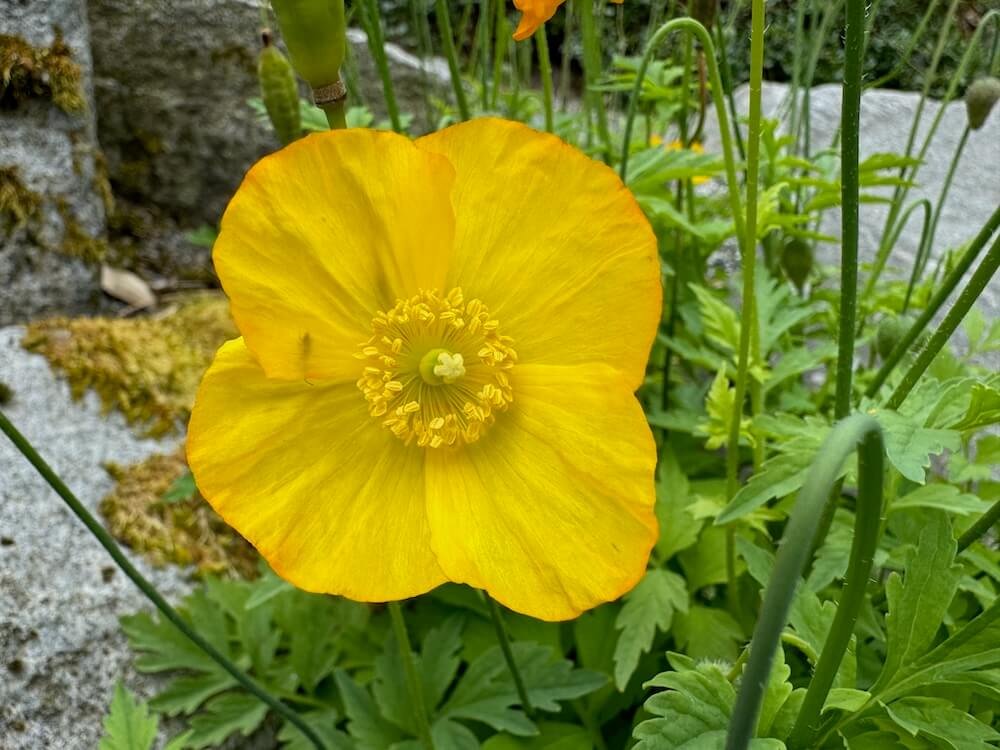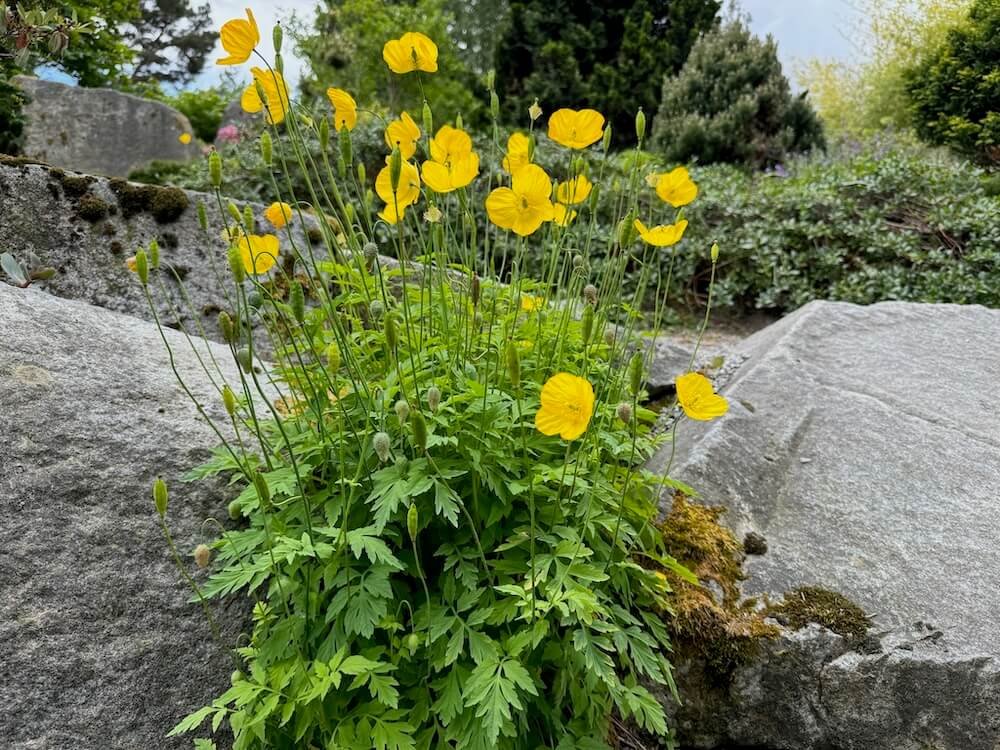 Image 1 of 4
Image 1 of 4

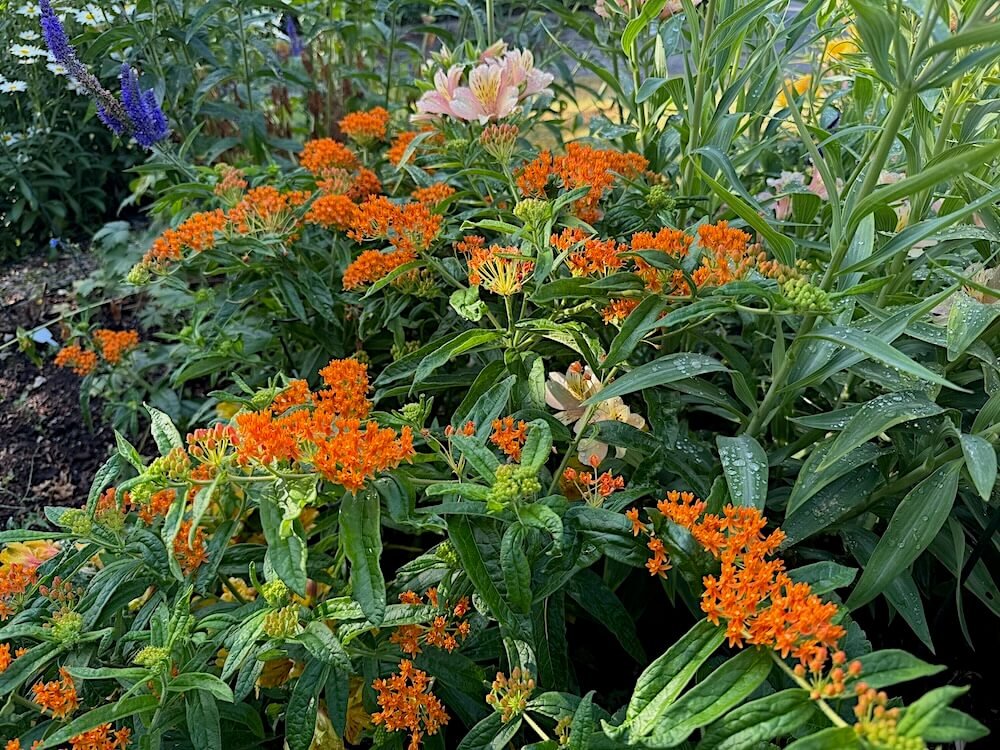 Image 2 of 4
Image 2 of 4

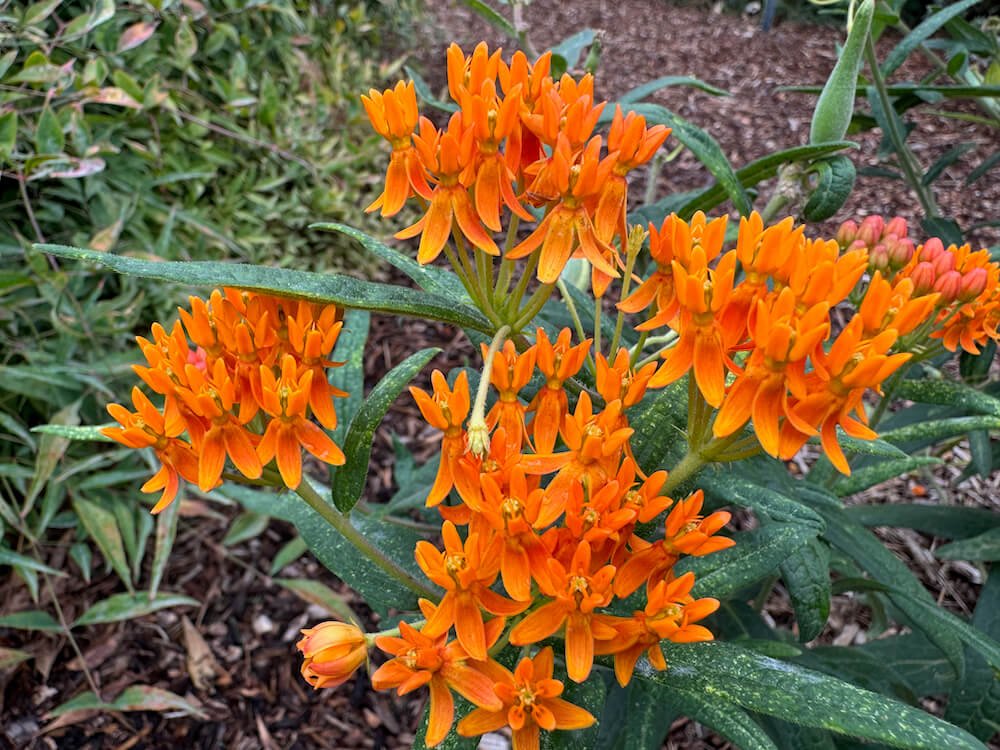 Image 3 of 4
Image 3 of 4

 Image 4 of 4
Image 4 of 4

Asclepias tuberosaButterfly Weed
DESCRIPTION
Asclepias tuberosa, commonly known as butterfly weed, is a vibrant perennial that produces clusters of bright orange to reddish-orange flowers during its blooming season, which extends from late spring through summer. The showy blooms are highly attractive to pollinators, particularly butterflies, making it a favorite for wildlife gardens. Its upright stems and lance-shaped leaves provide a handsome backdrop to the colorful flower heads.
Native to North America, Asclepias tuberosa thrives in open fields, prairies, and sunny meadows, reflecting its origins as a resilient wildflower. It is also known for its role in supporting monarch butterfly populations, as it serves as a host plant for their caterpillars. This plant’s adaptability and pollinator-friendly nature make it a cherished addition to naturalized and pollinator-focused landscapes.
DESCRIPTION
Asclepias tuberosa, commonly known as butterfly weed, is a vibrant perennial that produces clusters of bright orange to reddish-orange flowers during its blooming season, which extends from late spring through summer. The showy blooms are highly attractive to pollinators, particularly butterflies, making it a favorite for wildlife gardens. Its upright stems and lance-shaped leaves provide a handsome backdrop to the colorful flower heads.
Native to North America, Asclepias tuberosa thrives in open fields, prairies, and sunny meadows, reflecting its origins as a resilient wildflower. It is also known for its role in supporting monarch butterfly populations, as it serves as a host plant for their caterpillars. This plant’s adaptability and pollinator-friendly nature make it a cherished addition to naturalized and pollinator-focused landscapes.
DESCRIPTION
Asclepias tuberosa, commonly known as butterfly weed, is a vibrant perennial that produces clusters of bright orange to reddish-orange flowers during its blooming season, which extends from late spring through summer. The showy blooms are highly attractive to pollinators, particularly butterflies, making it a favorite for wildlife gardens. Its upright stems and lance-shaped leaves provide a handsome backdrop to the colorful flower heads.
Native to North America, Asclepias tuberosa thrives in open fields, prairies, and sunny meadows, reflecting its origins as a resilient wildflower. It is also known for its role in supporting monarch butterfly populations, as it serves as a host plant for their caterpillars. This plant’s adaptability and pollinator-friendly nature make it a cherished addition to naturalized and pollinator-focused landscapes.
-
Family: Apocynaceae
Height: 2 to 3 feet
Width: 1 to 2 feet
Foliage color: Green, lance-shaped leaves
Flower color: Bright orange clusters
Bloom time: Late spring to early fall
Light requirements: Full sun
Water requirements: Low; drought-tolerant at maturity
Maintenance: Low; cut back in late fall or early spring to encourage new growth
Growing zone: USDA zones 3–9
Wildlife attractors: Butterflies, especially monarchs, and other pollinators

